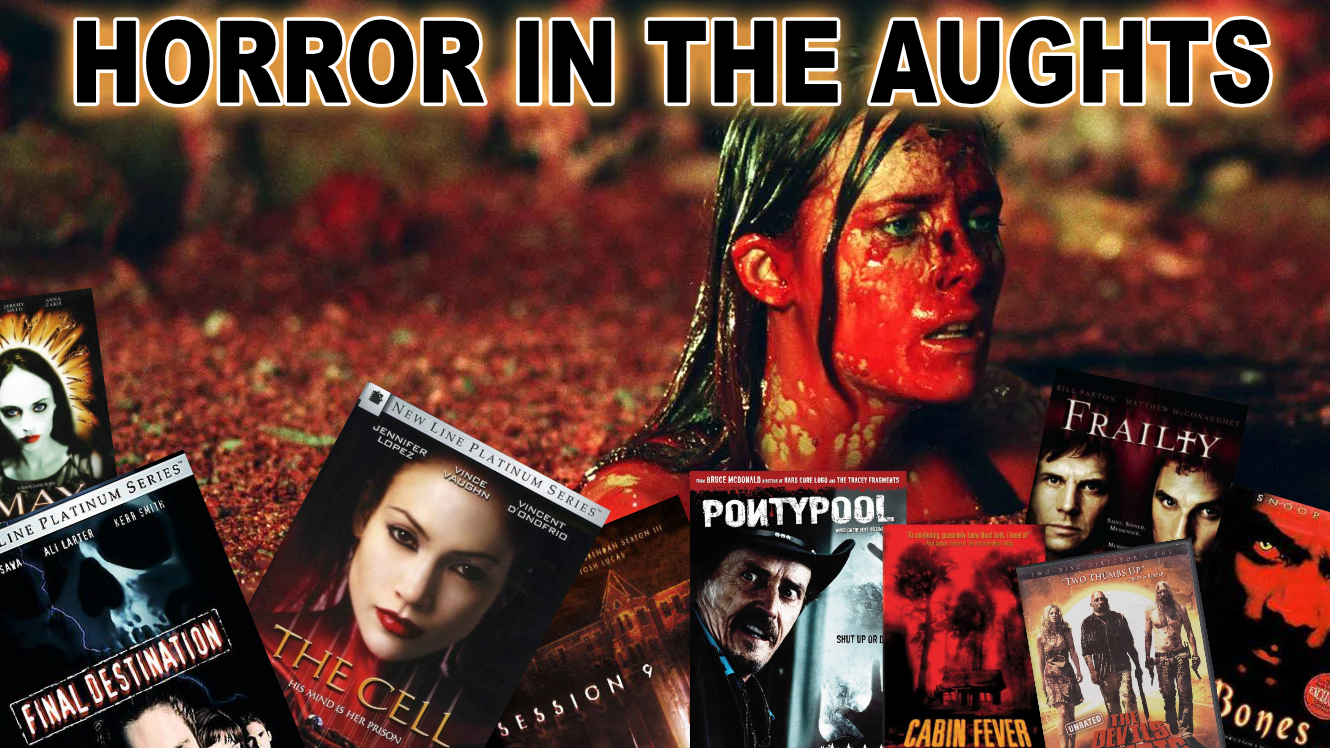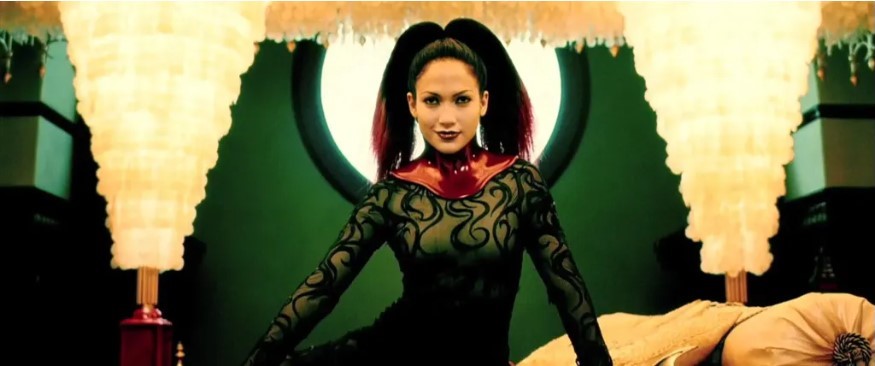Horror in the Aughts, Issue 1: Eric Journeys into THE CELL

[Editor’s Note: Our very own Eric Mayo came to me in December with an idea for a new series. While he plans to still chime in about video games from time to time (including our delayed best of 2023 series which will appear before the end of February), 2024 is the year in which he’ll be putting together some great pieces highlighting his favorite horror films from the first decade of our current century… or as many refer to it, “the Aughts”. Since this decade was also a very important one for my horror tastes and sensibilities, I will be joining him in this venture, highlighting some of my faves, as well. Each installment will be dubbed an “issue” in keeping with our early 2000s theme – think of it as our very own horror fanzine… something that punks, film nerds, and other weirdos like us will remember as a big part of the 90s and aughts. For this first issue, I’ll let Eric explain the column’s inspiration himself – thepaintedman]
While I’ve always been a horror fan and lover, I didn’t truly get well versed in the genre until after high school, when I was essentially able to get into R-rated movies at the theater without the need of an older relative or friend. This time of horror was during the 2000s, the aughts if you will. To celebrate this decade of horror that truly developed my overall sensibilities for what I love about horror, I wanted to revisit one genre pick from each year, spanning 2000-2010. Some hate this era (twas the era of the horror remake boom and torture flicks such as Saw and Hostel), but I truly love it. Some of these choices will be obvious, some will be outside the normal titles usually spoken of. I hope you enjoy it.

Not every genre piece has the most complicated or intricate plot. This is not necessarily a bad thing if the creative team in front and behind the camera bring that “something” to the whole affair. It could be the way the film is edited, shot, composed, etc. Perhaps there is a single narrative “hook” that is added to the standard story laid out, a high concept idea to deliver the movie in a different light than what would normally be presented. Visuals could be hyper-stylized to a degree that even a story that you have seen times before can come off fresh. None more so exemplify this kind of genre filmmaking than the beautiful masterpiece of visual storytelling that is Tarsem Singh’s serial killer mindfuck The Cell.
Starring the ageless Jennifer Lopez, The Cell is straightforward in its basic plot. A serial killer named Carl Stargher (played with menace by Vincent D’Onofrio) is known to kidnap young women, hold them hostage for days in a glass enclosure, eventually kill them by drowning, and dumps their bodies to be found. Their skin is dyed pure white with bleach, giving them a doll-like appearance. After kidnapping his latest victim, Carl is finally captured by the FBI (among them including miscast Vince Vaughn and reliable Jake Weber), but his latest victim is nowhere to be found. To make matters worse, Carl himself has slipped into a coma after one of his suspension sessions (Hellraiser comes to mind when you see it) while watching the recorded last minutes of his previous victim’s life. The FBI has limited time to find her based on previous timelines established. Enter Lopez’s Catherine Deane, psychologist at an experimental research center that is testing out a new program that allows her to enter the dreams and psyche of willing patients to help them. She thinks she can go into Carl’s psyche and find the location of this missing girl before it’s too late. Unfortunately, she may have bitten off more than she can chew.

Most of the reviews back during the theatrical release of The Cell were essentially this – a basic serial killer yarn with some visual panache layered on top, but nothing more. I hard disagree on this notion. Director Tarsem Singh had an extensive background in music video directing (a common theme for many directors that rose out of the 90’s/2000’s, even acclaimed auteurs like David Fincher), working with such talents as En Vogue and R.E.M, and his distinct visual style is on full display. Once Catherine enters the mind of Carl, the movie defines how to tell a visual narrative. Grand set designs, lavish costumes for the various incarnations that Catherine and Carl display within the dreamscape, exemplary use of slow motion and abstract art pieces come to life (once particular sequence involving the thin splicing of an entire horse comes to mind), trapping the viewer in a world that is not like anything their brain has seen before, unable to conceive what is truly happening around them and without any chance of predicting what they will see next. While I do agree, to some extent, that the main narrative does just remind me of other serial killer flicks from the day – Kiss the Girls, The Bone Collector and Seven spring to mind – the absolute visual tour de force that is presented in this film is some of the most arresting imagery I’ve ever seen and still sticks in my mind to this day. Carl’s ultimate final form as some demented mad king, as well as the costume design on Catherine when she is mentally “captured” by Carl, is some of the most arresting looks ever to grace the screen. In addition, Jennifer Lopez is quite stellar in her role as Catherine, providing the viewer an easily accessible avatar into this unknown dreamworld, and Vincent D’Onofrio turns up his usual unsettling film persona to the 10th degree with such glee and ferocity that you simply can’t look away.

The Cell is the proto-typical serial killer yarn with an amazing level of visual storytelling and grandiose set design. Lopez and D’Onofrio provide a great protagonist/antagonist dichotomy that keeps the viewer entranced outside of the visual aspect. Every frame of this movie within the psyche of Carl can be paused, printed and framed on the wall for all to see. The Cell is a beautiful look into the mind of a madman and is a classic of the genre to this day.




